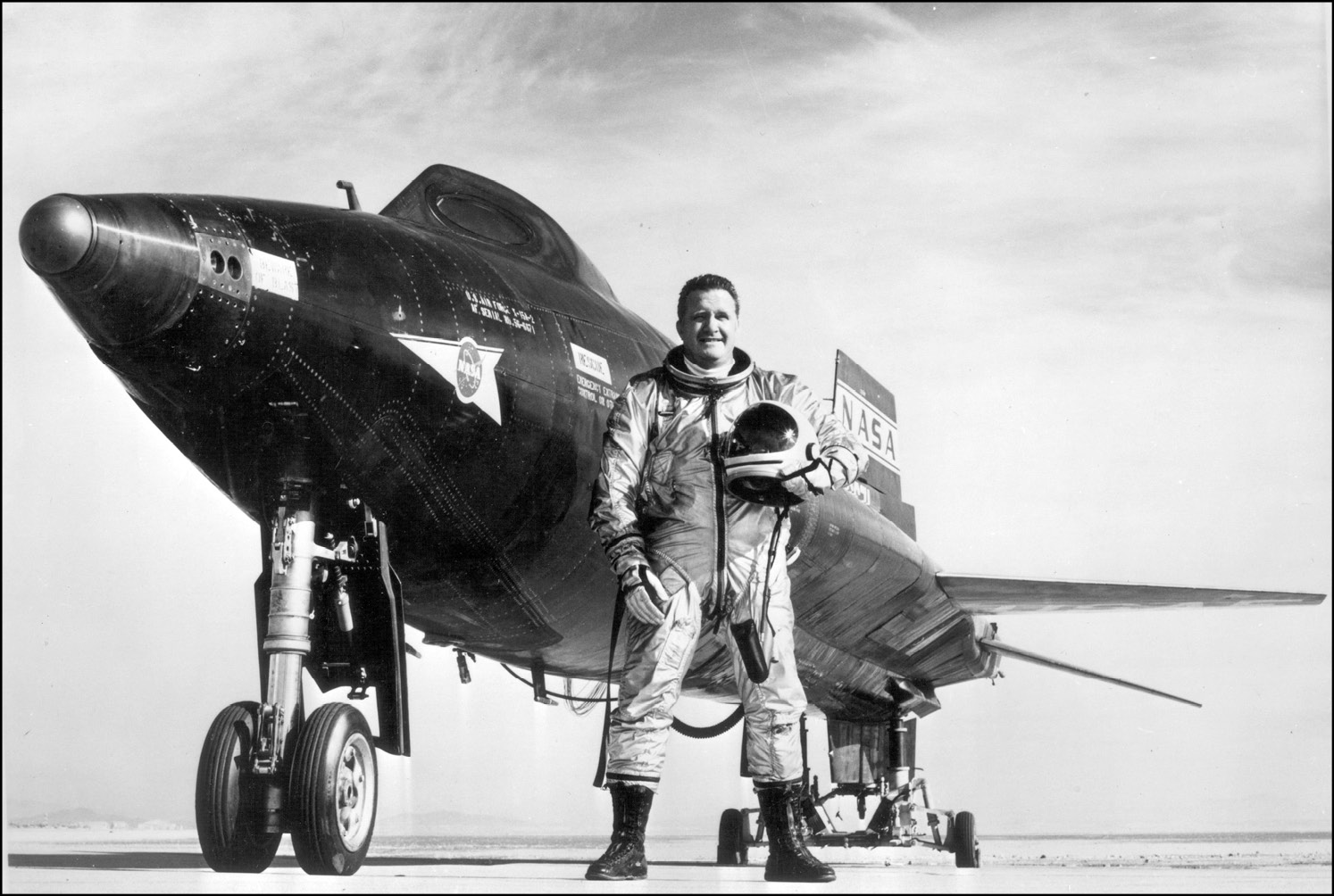Nytrunner
Pop lugs, not drugs
I left my laptop running overnight and while I was at work a couple weeks ago with a quadrant section of your nosecone in M2.2 airflow
My laptop isn't made for rendering that kind of data so it's been slow going processing the results. I'll try and get a good picture sometime this weekend
Initial runs indicate a tiny portion of 500-800F at the very tip of the nosecone (ie, not even beyond the 1/4" blunted portion) with 200-250F temperatures along the shock. Your Mach number is still low so the shock doesn't hug the nose very far (high air temperatures further from surface > less heat transfer).
Considerations:
-Heat transfer isn't instantaneous. It takes time for the substrate (your rocket) to raise in temperature)
-Your flight profile so far indicates you'll be in that flight regime for a very short time
My laptop isn't made for rendering that kind of data so it's been slow going processing the results. I'll try and get a good picture sometime this weekend
Initial runs indicate a tiny portion of 500-800F at the very tip of the nosecone (ie, not even beyond the 1/4" blunted portion) with 200-250F temperatures along the shock. Your Mach number is still low so the shock doesn't hug the nose very far (high air temperatures further from surface > less heat transfer).
Considerations:
-Heat transfer isn't instantaneous. It takes time for the substrate (your rocket) to raise in temperature)
-Your flight profile so far indicates you'll be in that flight regime for a very short time
















